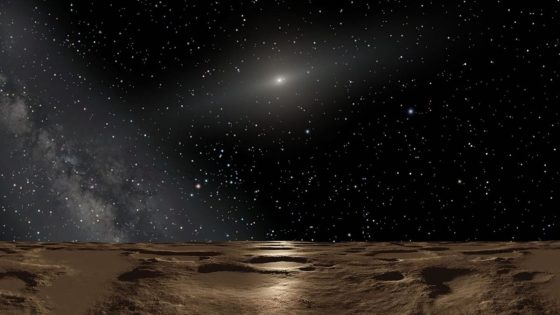Astronomers are gearing up for an exciting opportunity to study Sedna, the most distant known object orbiting the Sun. Discovered on November 14, 2003, Sedna is a cold, reddish dwarf planet that takes a staggering 10,000 years to complete its orbit. With its next perihelion approaching in July 2076, scientists are eager to explore this enigmatic world.
- Sedna discovered in 2003, distant dwarf planet
- Next perihelion in July 2076
- Proposed missions using advanced propulsion technologies
- Direct Fusion Drive offers high thrust-to-weight ratio
- Solar sails could enable faster travel
- Both missions aim to explore solar system's boundaries
Researchers from Italy propose innovative mission concepts that could reach Sedna in just seven to ten years using advanced propulsion technologies. Their paper highlights two potential methods: a nuclear fusion rocket engine and an enhanced solar sailing technique. These options could significantly reduce travel time, offering a unique chance to investigate the early solar system and the mysterious Oort Cloud.
Could these new propulsion technologies redefine our approach to deep-space exploration? The potential for faster travel opens doors to previously unreachable celestial bodies. Key points include:
- Nuclear fusion engines could provide high thrust and efficiency.
- Solar sails may enable continuous acceleration without heavy fuel.
- Both methods face engineering challenges but offer exciting possibilities.
As we advance in space exploration technologies, the mission to Sedna represents a pivotal step toward unraveling the mysteries of our cosmic neighborhood. Will we be ready to seize this opportunity?

































